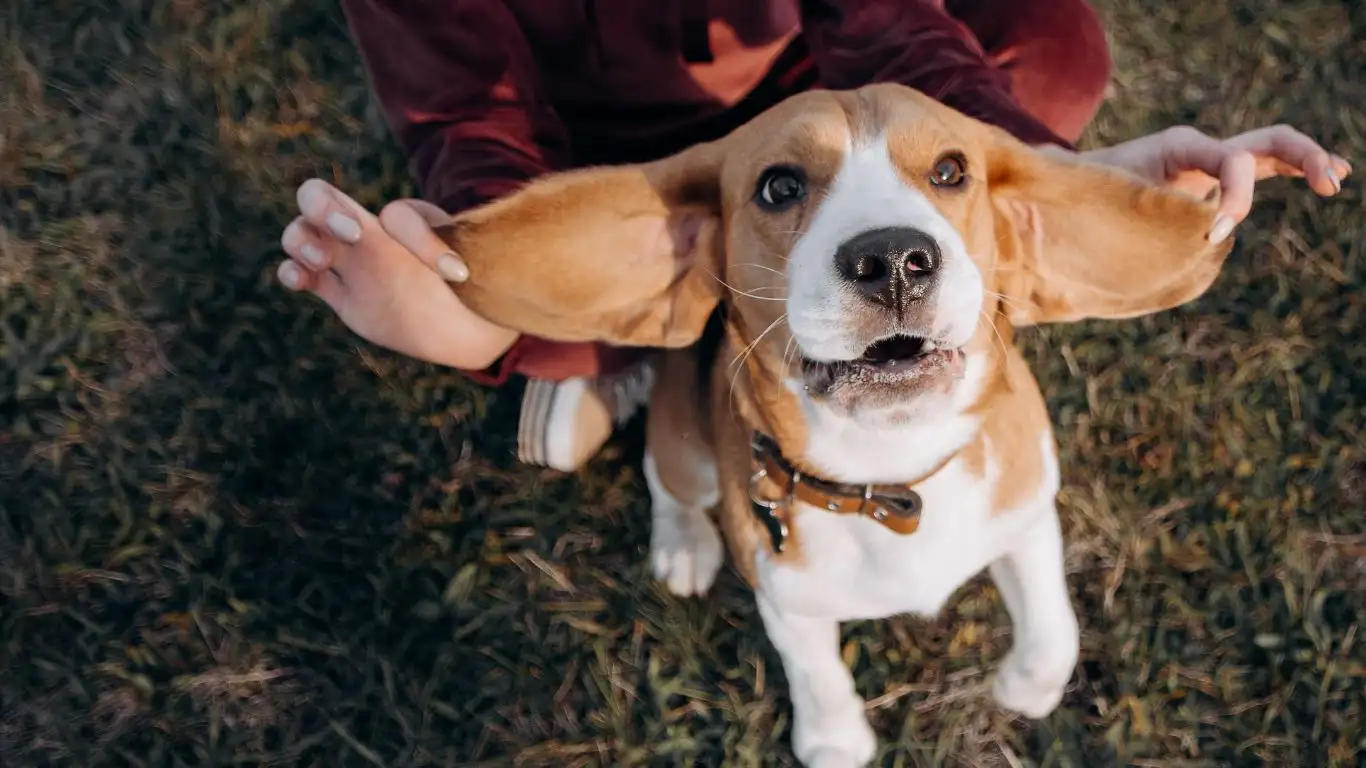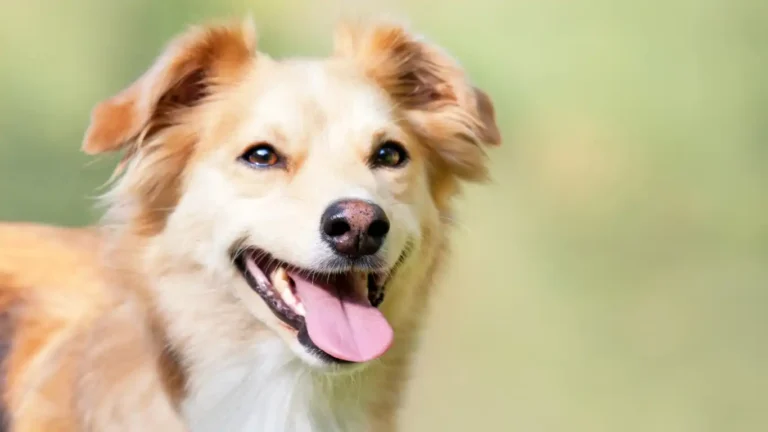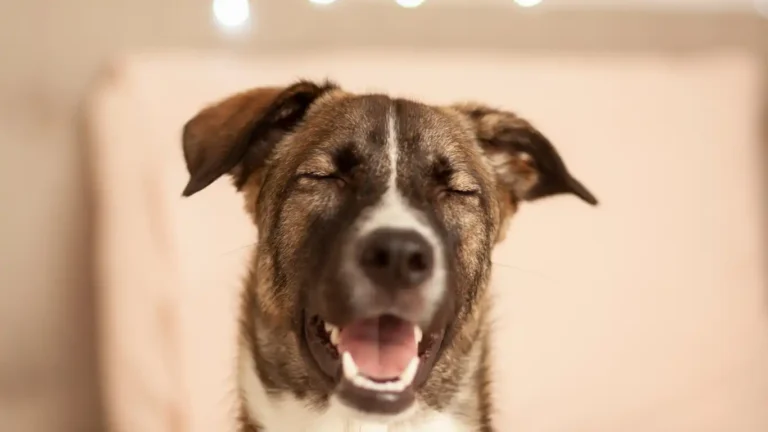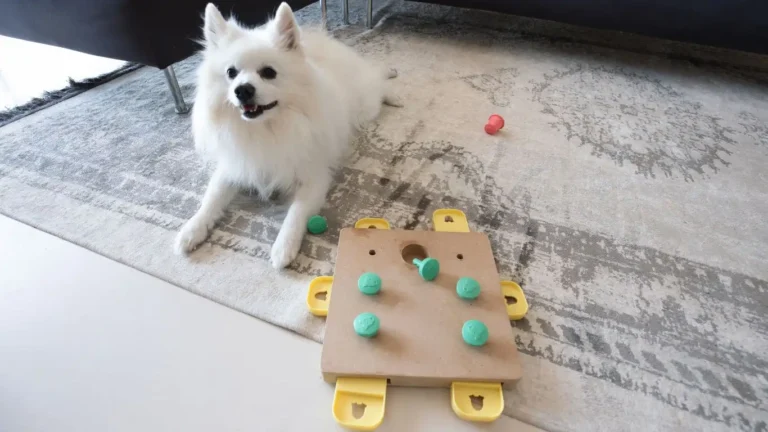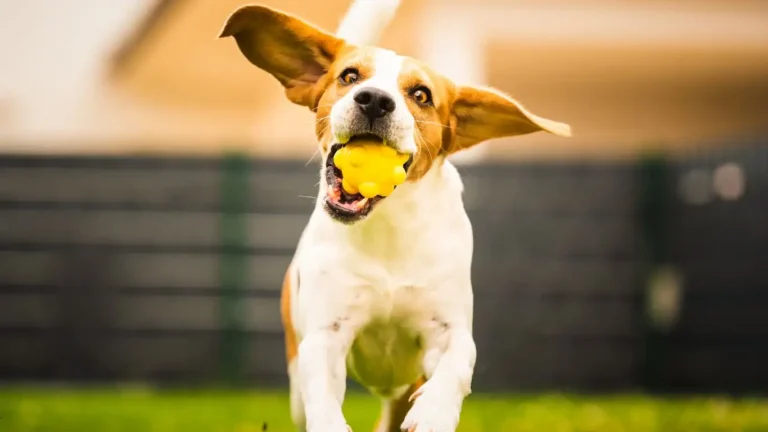How to Train a Dog to Be Comfortable Around Crowds Without Stress
Training a dog to be comfortable around crowds can feel like a huge challenge, but trust me, it’s absolutely doable — and honestly, super rewarding. From my years working as a Veterinary Technician specializing in nutrition, I’ve seen firsthand how stress in dogs isn’t just about behavior; it’s deeply tied to their overall well-being. When a dog is anxious in busy places, it affects everything from their appetite to their energy levels. That’s why helping your furry friend feel relaxed and confident in crowds is so important. Plus, it means more fun outings for both of you!
Understanding Your Dog’s Fear of Crowds
Before jumping into training techniques, it’s key to get why some dogs freak out around crowds in the first place. Most of the time, it boils down to overstimulation and feeling trapped or overwhelmed. Imagine being in a noisy, bustling room where everyone’s moving fast — it can be a bit much for anyone, right?
Common Signs of Stress in Crowds
When dogs get stressed in busy places, they usually show it in subtle ways before it escalates. Watch out for these signs:
- Panting or drooling more than usual
- Shaking or trembling
- Avoiding eye contact or trying to hide behind you
- Yawning or licking lips repeatedly (often a calming signal)
- Growling, barking, or snapping if they feel cornered
- Freezing or “clamming up” in place
Spotting these early can help you step in before the stress gets too high.
Why Stress Around Crowds Matters
When dogs feel anxious often, it can cause real health problems. From my nutrition background, I know stress hormones like cortisol can mess with digestion and nutrient absorption, making them feel even worse. Plus, constant fear can lead to behavior problems that are harder to fix later on. The good news? With patience and the right approach, you can help your dog learn to enjoy — or at least tolerate — busy places without panic.
Start Small: Building Confidence Step-by-Step
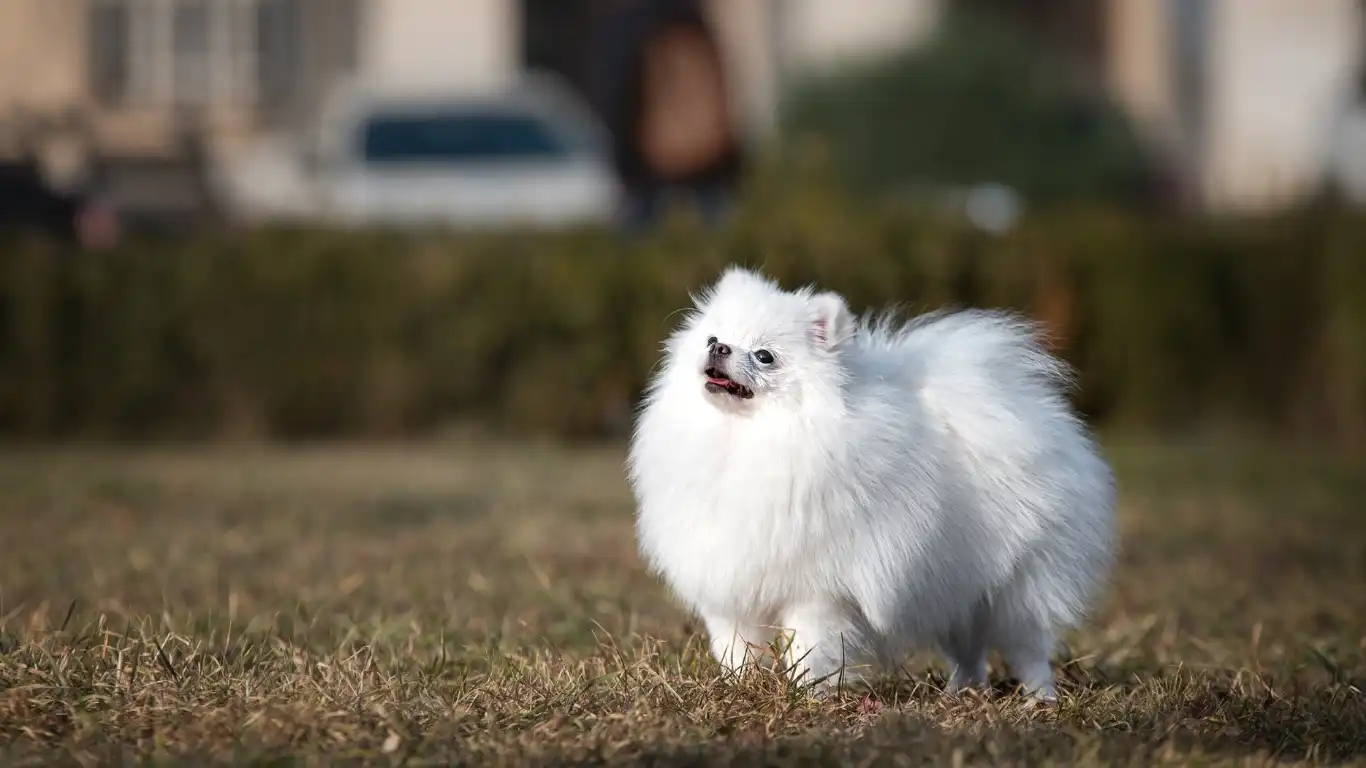
The key to success here is gradual exposure. I always recommend starting with environments that have just a few people and slowly working up. For example, instead of taking your dog to a crowded market on day one, try a quiet park bench near a walking path where you can see people from a distance.
Use Positive Reinforcement Like a Pro
One thing I’ve learned over the years is that dogs thrive when they associate new experiences with good stuff. Carry high-value treats (think tiny pieces of chicken or cheese) and praise your dog enthusiastically when they stay calm near a few strangers.
- Find a low-traffic spot where your dog can see people but isn’t overwhelmed.
- Reward calm behavior immediately with treats and kind words.
- If your dog looks nervous, take a step back or move farther away until they relax.
- Repeat sessions often, gradually moving closer to more people.
This method helps build positive memories, so the crowd starts feeling less scary and more like a source of treats and fun.
Keep Training Sessions Short and Sweet
I can’t stress this enough: short training bursts work best. Dogs get tired and distracted easily, especially when they’re nervous. Ten to fifteen minutes a few times a day is way better than a long stressful walk. It also keeps things fun, so your dog stays eager to learn instead of dreading the experience.
Help Your Dog Feel Safe with Familiar Items
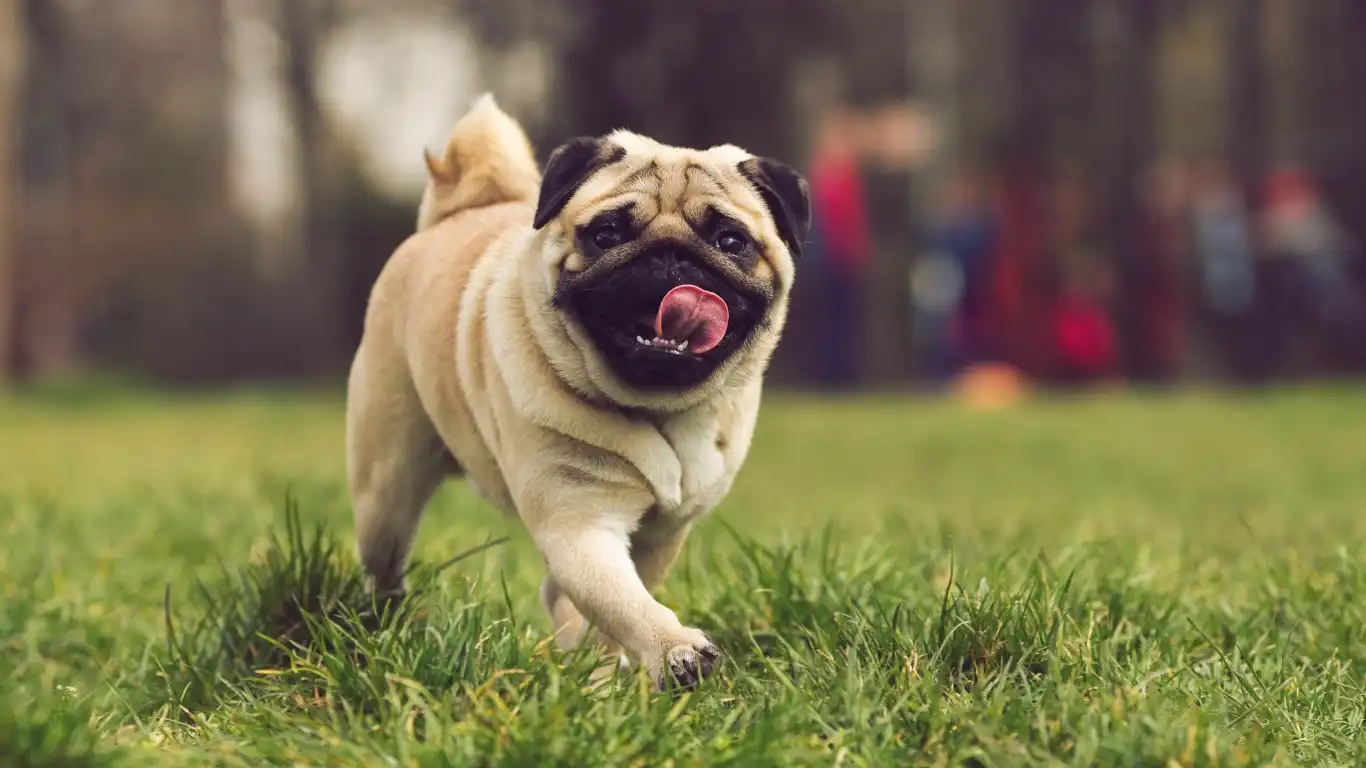
From the clinic to my own pets, I’ve seen how bringing along familiar things can be a huge comfort for anxious dogs. A favorite blanket, a well-loved toy, or even a special collar can act as a “security blanket” in busy settings.
Creating a Comfort Zone on the Go
When you’re out and about, set up a little safe zone for your dog whenever possible. It might be:
- Standing or sitting close to you, preferably near a quiet spot
- Letting your dog have access to their favorite chew toy or blanket
- Using calming tools like anxiety wraps or pheromone sprays
This kind of prep goes a long way to reduce stress and help your dog focus on the positives around them.
Socialization Strategies That Really Work

From my experience as a Veterinary Technician, one of the biggest game-changers in helping dogs stay chill around crowds is purposeful socialization. It’s not just about throwing your dog into a crowd and hoping for the best — it’s about carefully introducing them to different social settings, people, and noises in a way that feels safe and manageable.
Make Socialization a Part of Your Routine
When I’ve worked with nervous pups at the clinic, those little, consistent doses of social exposure made all the difference. Try to:
- Visit different places regularly, like quiet cafés, dog-friendly stores, or calm community events
- Invite friends over to your home for short visits so your dog gets used to new faces without the overwhelming bustle
- Use puppy classes or doggy daycare selectively — they can be great social opportunities if your dog is ready
The key is to watch your dog’s body language and never push them too fast. You want to build their confidence without setting them up for a meltdown.
Using Treats and Praise to Build Positive Associations
One trick I swear by is linking every new experience to something your dog loves. This means treats, lots of verbal praise, and even playtime right after a social encounter. Over time, your dog will start thinking, “Hey, being around people is pretty awesome!”
Managing Crowds with Calm Leadership
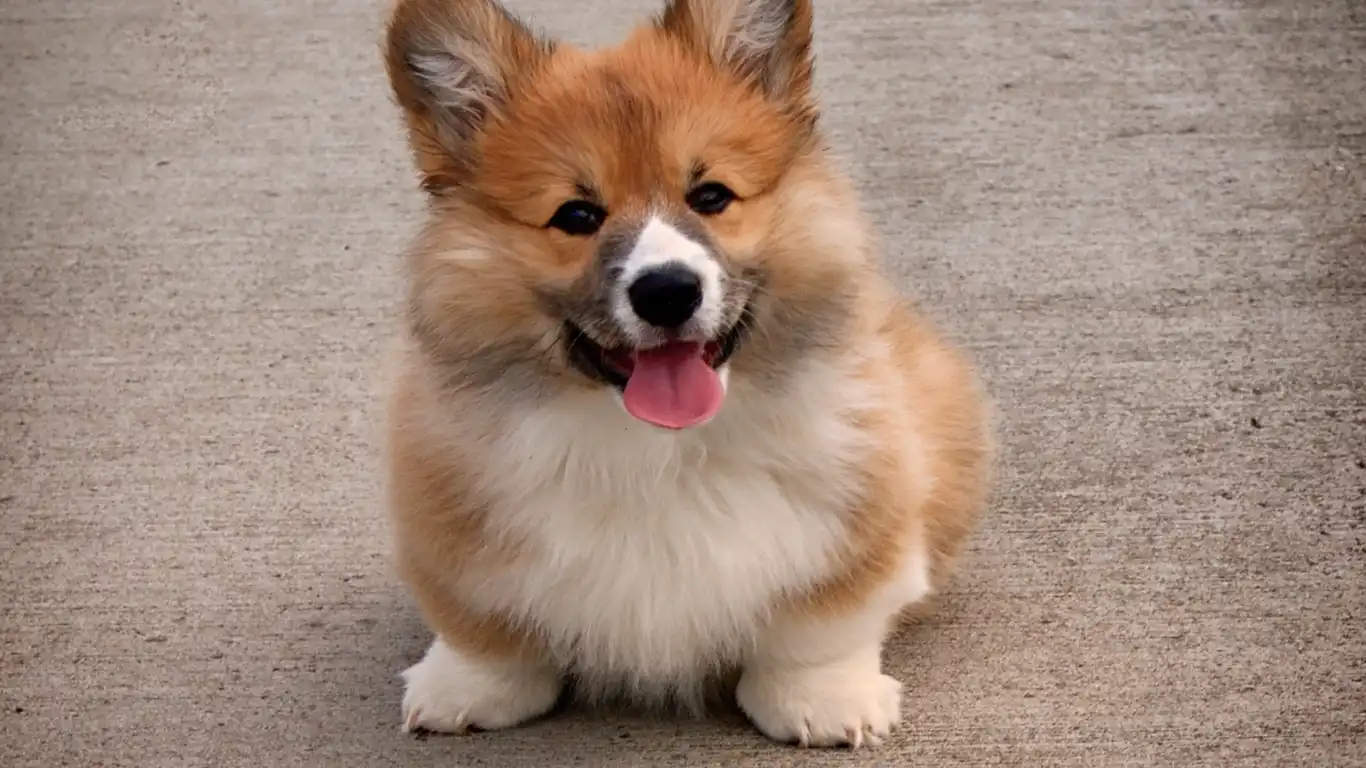
Here’s the real talk: dogs look to us for cues on how to react, especially in overwhelming situations. If you’re tense or anxious, your dog picks up on that vibe immediately. So, mastering your own calm is a big part of this training.
Body Language Matters More Than You Think
As a vet tech, I’ve seen how subtle changes in your posture or tone can either soothe or stress a dog. Standing tall, keeping your voice soft and steady, and avoiding sudden movements helps send a message that everything is okay.
Practice “Relaxation” Commands
Teaching simple commands like “sit,” “stay,” and “look at me” can be a lifesaver. These help redirect your dog’s attention away from the crowd and back to you when things start feeling intense. Here’s a quick way to practice:
- Start in a quiet place and ask for the command, rewarding calm compliance.
- Gradually add mild distractions, like a few people walking by.
- Work your way up to busier environments, always rewarding calm behavior.
Consistency is key here — and remember, every dog learns at their own pace.
Tools That Can Help Ease Crowd Anxiety
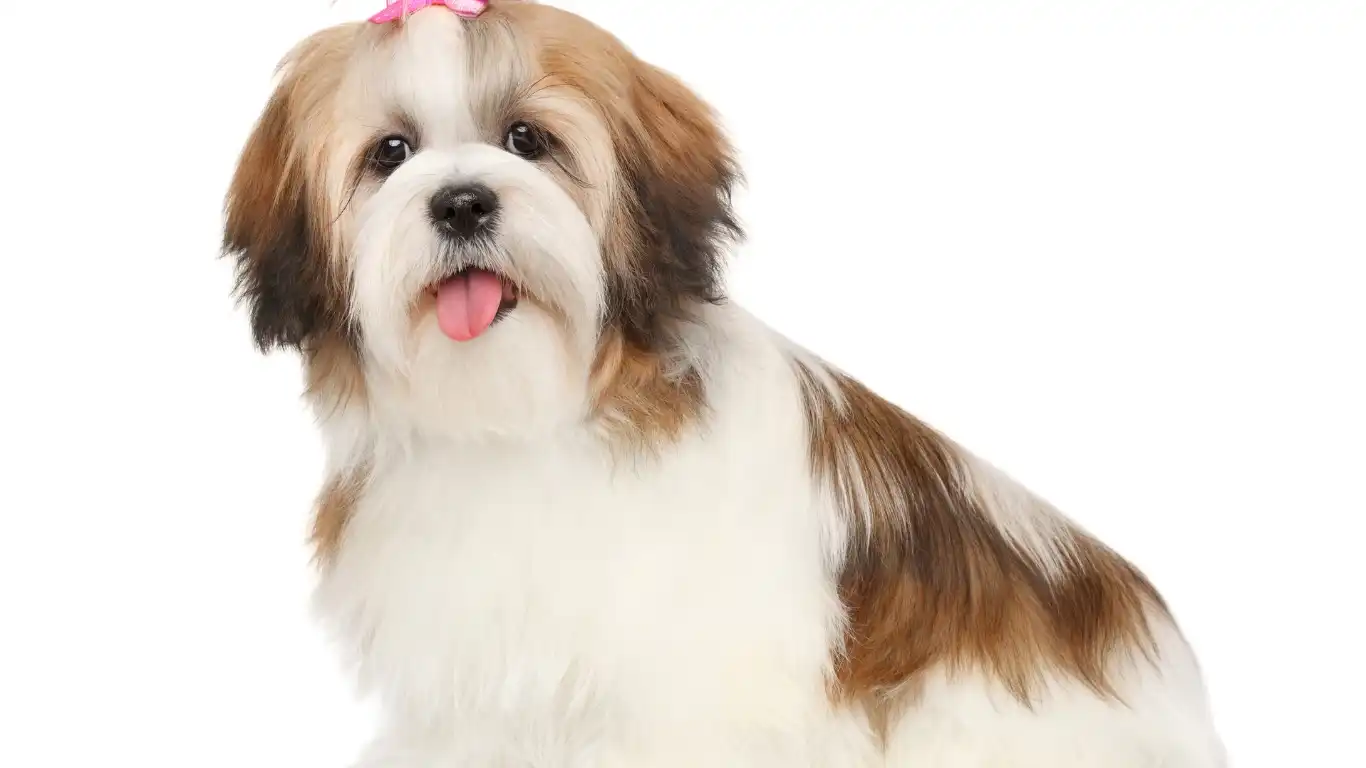
Sometimes, a little extra support can make a huge difference. Based on what I’ve seen and used personally with anxious dogs, here are some helpful tools to consider:
- Anxiety wraps: These snug wraps apply gentle pressure, kind of like a calming hug. They’re great for reducing stress in dogs prone to anxiety.
- Calming pheromone sprays or diffusers: Products like Adaptil mimic natural dog pheromones, helping to create a reassuring environment.
- Noise-cancelling headphones: For dogs sensitive to loud sounds, these can block out overwhelming noises in crowded places.
- Interactive toys and chews: Distracting your dog with a favorite toy or chew during busy outings can keep their mind off the chaos.
Just a heads up: while these tools can really help, they work best when combined with training and socialization, not as a sole solution.
When to Seek Professional Help
Not every dog responds to training and tools in the same way, and sometimes anxiety can be pretty deep-rooted. If your dog’s stress around crowds feels extreme or leads to aggressive behaviors, don’t hesitate to consult a professional.
Choosing the Right Expert
Look for a certified dog trainer or a veterinary behaviorist who uses positive reinforcement methods. I’ve worked alongside several pros who take a gentle, science-based approach — and honestly, it’s always the most effective and kind way to help your pup.
Combining Behavior Therapy with Veterinary Care
In some cases, especially when anxiety is severe, your vet might recommend medications or supplements to help your dog relax. From my nutrition background, I also know there are calming diets and supplements that support nervous systems, like omega-3 fatty acids and certain herbal blends.
Working closely with your vet and trainer can create a tailored plan that addresses both the behavior and the physical well-being of your dog — a total win-win.
Maintaining Progress and Building Long-Term Comfort

One thing I’ve learned over the years, both from working at the clinic and training my own dogs, is that getting comfortable around crowds isn’t a one-time fix — it’s an ongoing journey. Even after your dog starts handling busier environments with ease, you’ll want to keep practicing and reinforcing good habits to maintain that calm vibe.
Consistency Is Your Best Friend
Think of it like learning a language or a musical instrument — the more you use the skill, the stronger it becomes. Regular walks through places with varying levels of activity, plus occasional social visits, keep your dog’s confidence high and anxiety low.
Here’s a simple approach that worked wonders for me with a particularly shy rescue dog:
- Plan weekly outings to new, moderately busy spots like farmer’s markets or quiet shopping streets.
- Incorporate calm commands and positive reinforcement during these outings to keep your dog focused.
- Celebrate small wins with extra treats or playtime when your dog shows relaxed behavior.
Remember, it’s okay if some days are tougher than others. The key is to keep showing up and being patient.
Watch for Subtle Signs of Setbacks
Even with steady progress, dogs might sometimes regress or have “off” days. Maybe a new loud noise triggers a flash of anxiety, or a sudden crowd overwhelms them unexpectedly. When this happens, don’t panic or punish — instead, take a step back to easier situations and rebuild their confidence.
In my experience, calmly acknowledging your dog’s discomfort and then gently redirecting their focus with treats or a familiar command works best. This approach reinforces that you’ve got their back no matter what.
Creating Positive Crowd Experiences for Your Dog
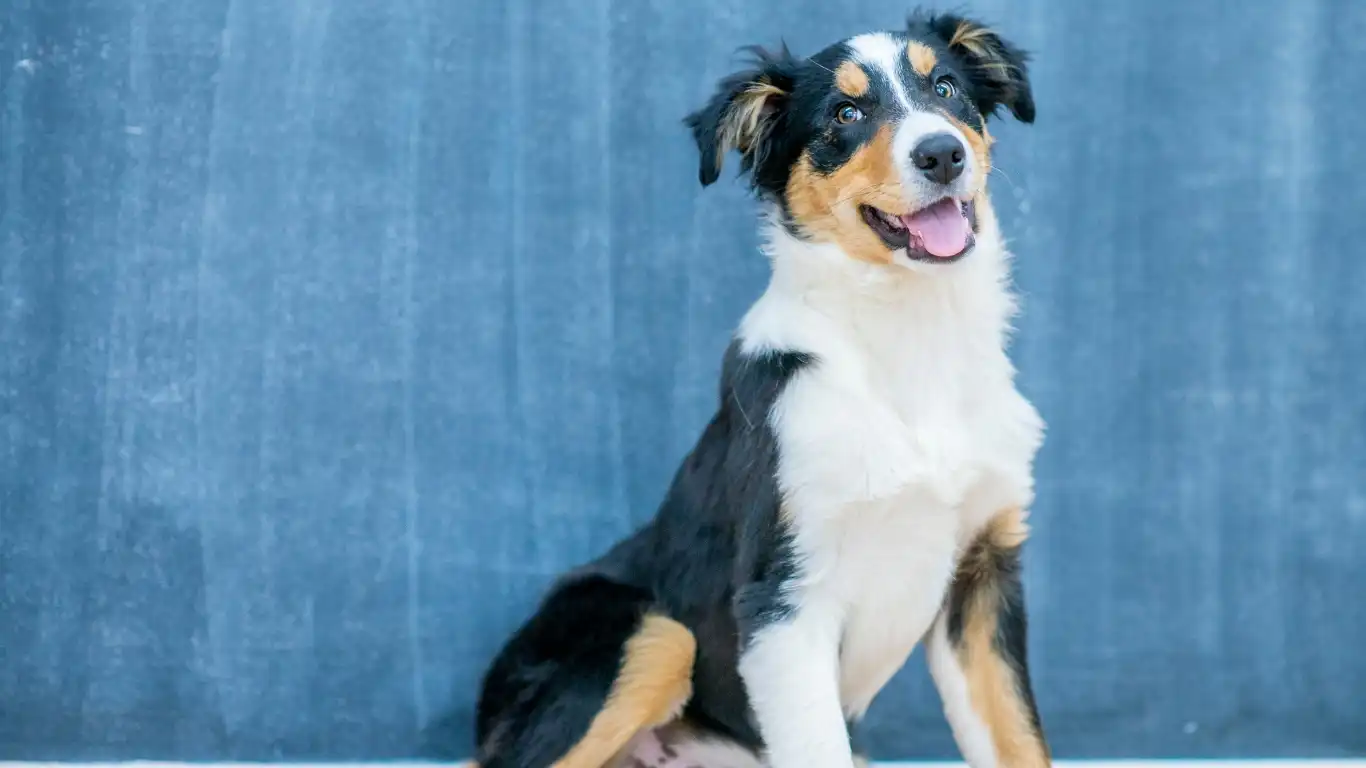
To truly help your dog feel comfortable around crowds, it’s not just about minimizing stress — it’s about creating enjoyable experiences that make them look forward to being out and about.
Incorporate Fun Breaks and Rewards
One of my favorite tricks is to break up busy outings with short “fun breaks.” This could be a quick game of fetch in a quiet corner or a chance to sniff around a favorite spot. These little moments give your dog a chance to decompress and associate crowds with positive things.
Plus, rewarding your dog with treats or affection during these breaks strengthens the idea that crowds don’t just mean stress — they can also mean fun and connection.
Bring a Trusted Friend Along
Sometimes, having a familiar face nearby can make a huge difference. If your dog has a canine buddy or a person they adore, bring them along on busy outings. This extra support can help your dog stay grounded and feel more secure.
Final Tips and Takeaways
- Patience is everything. Every dog moves at their own pace, and that’s totally okay.
- Celebrate the small victories. Even a moment of calm in a busy place is progress worth acknowledging.
- Use positive reinforcement. Treats, praise, and play are your best tools for building confidence.
- Keep sessions short and positive. Long, stressful training only sets you back.
- Seek professional help if needed. Trainers and vets can offer personalized guidance tailored to your dog’s needs.
Helping your dog learn to enjoy crowds is absolutely possible, and it’s one of the best gifts you can give them for a happier, healthier life. From what I’ve seen throughout my career, combining kindness, consistency, and a bit of creativity will get you and your dog through even the busiest streets with smiles and wagging tails.
References
- https://www.apdt.com/ – Association of Professional Dog Trainers
- https://www.avma.org/ – American Veterinary Medical Association
- https://www.cesarsway.com/ – Dog behavior and training tips
Disclaimer
This article is for informational purposes only and does not replace professional veterinary advice. If your dog shows signs of severe anxiety or aggressive behavior, please consult a qualified veterinarian or certified animal behaviorist for personalized care.
